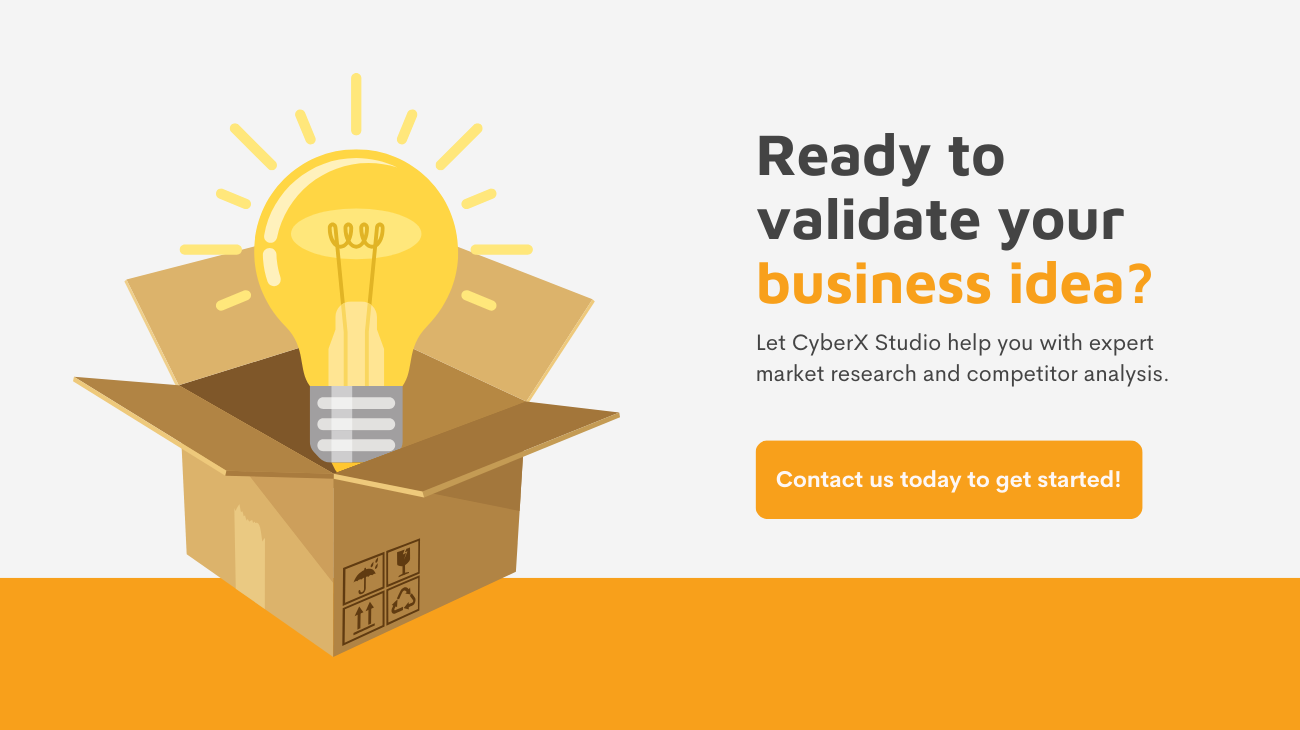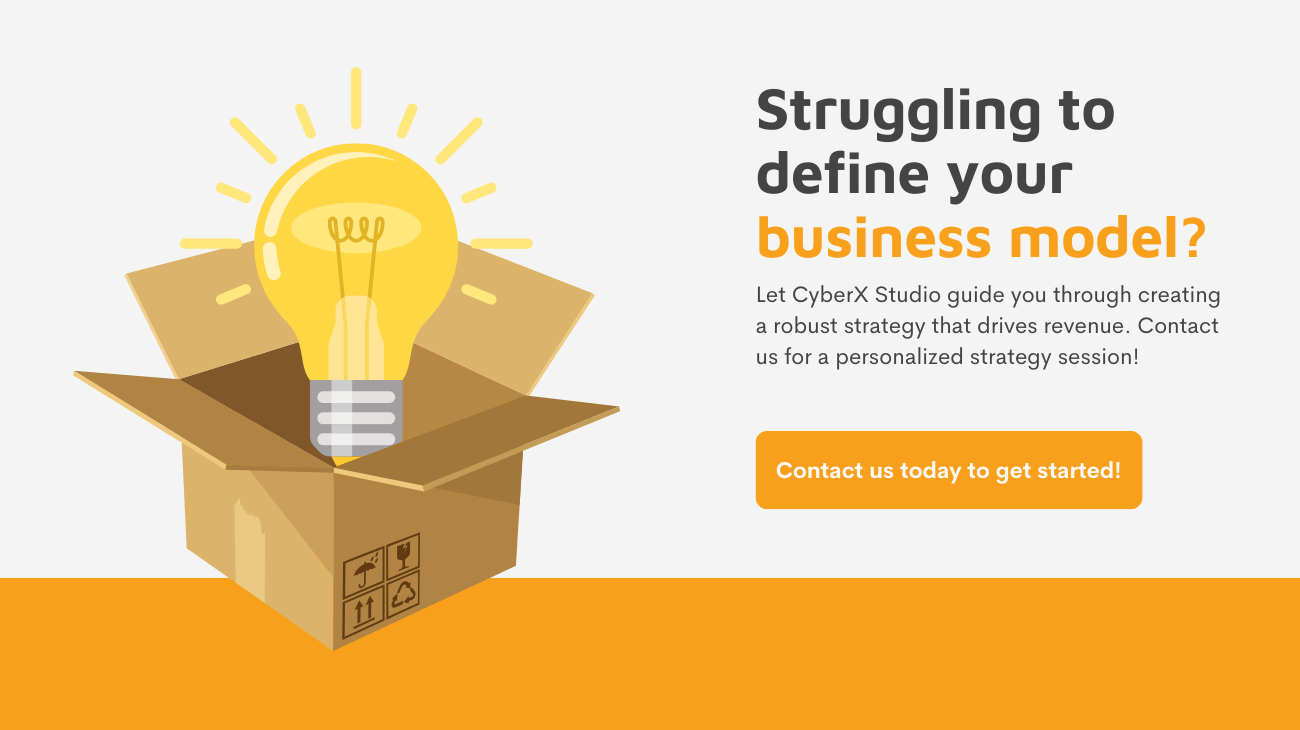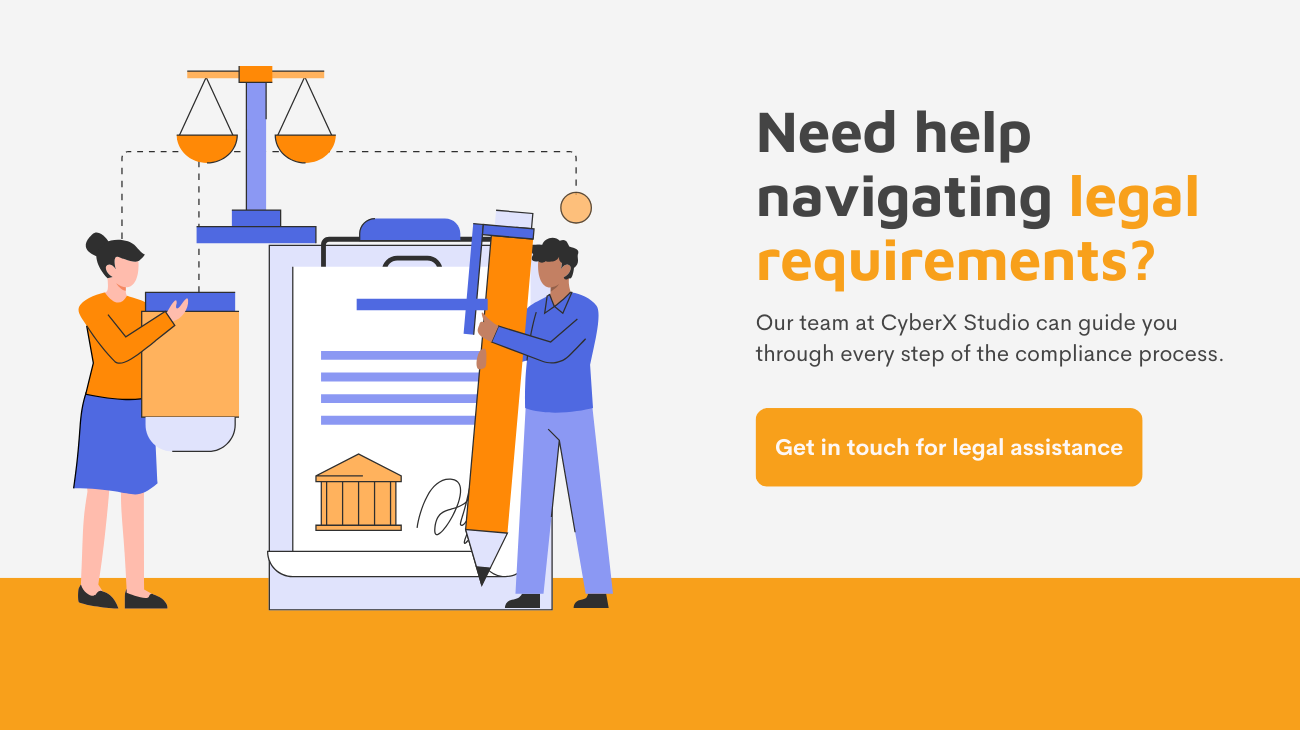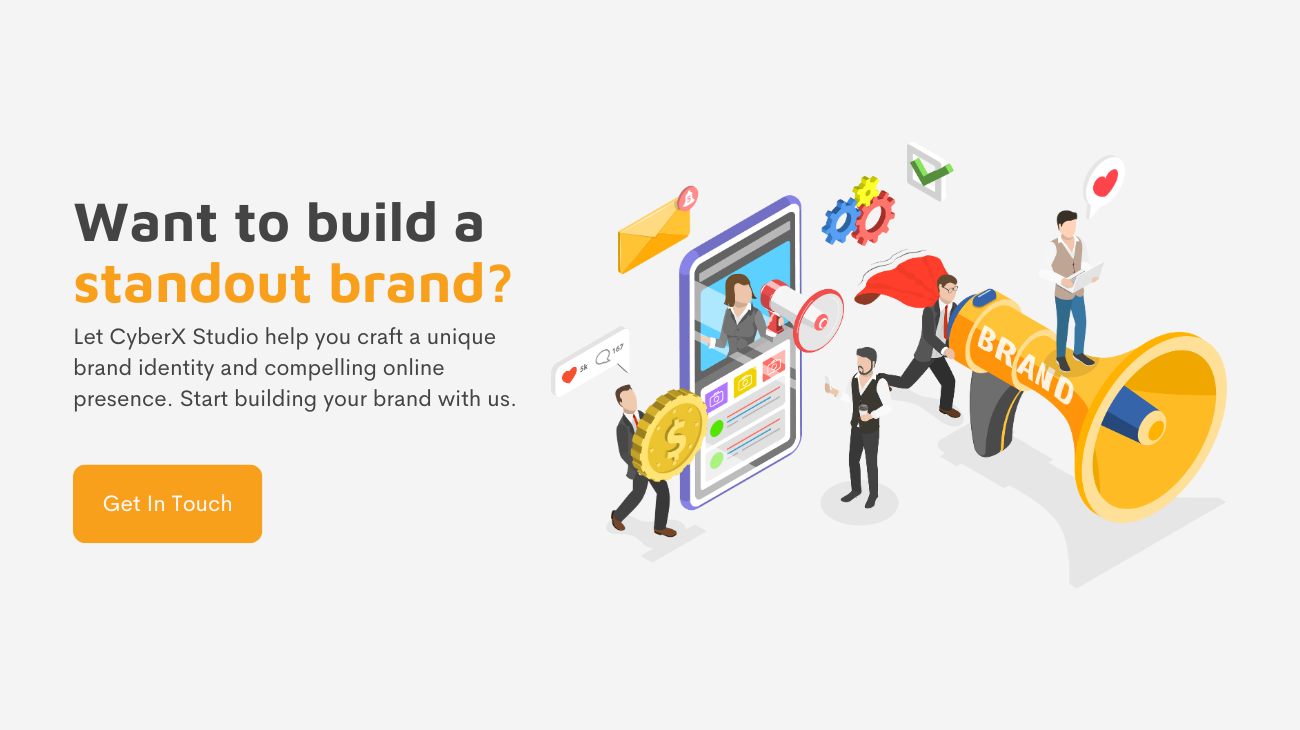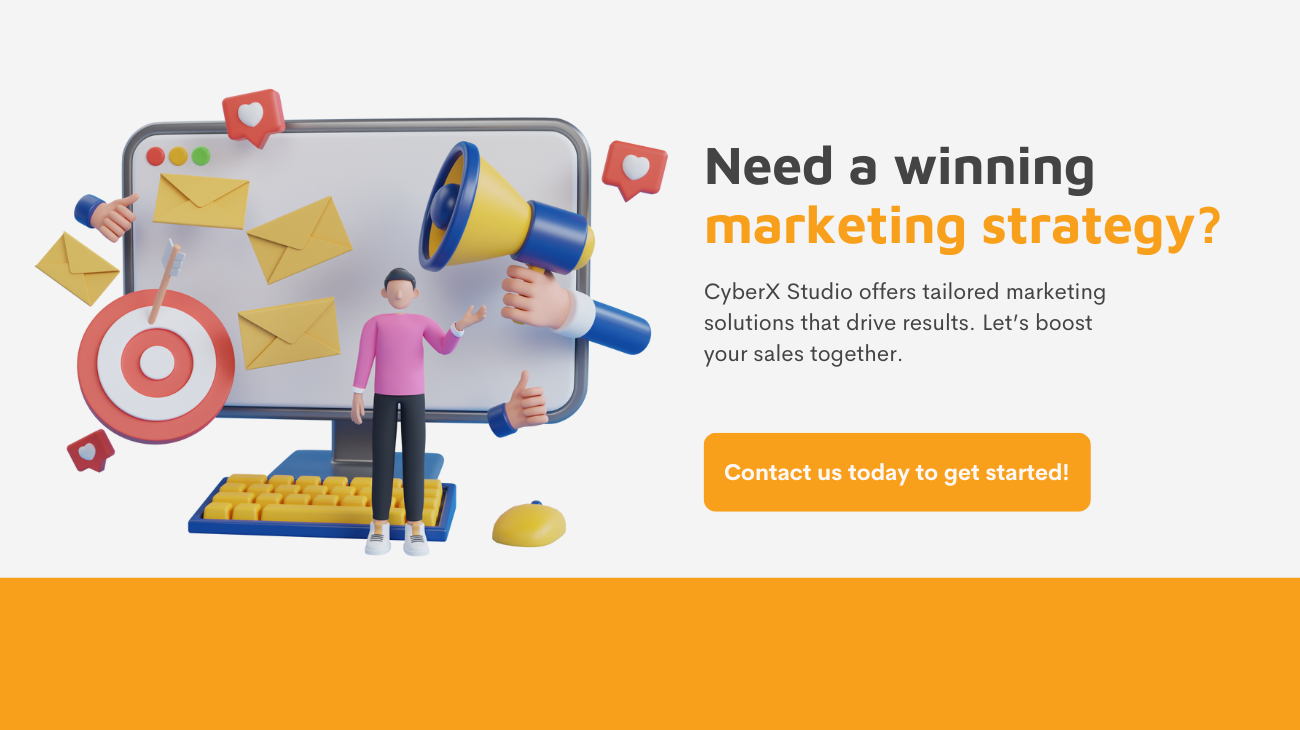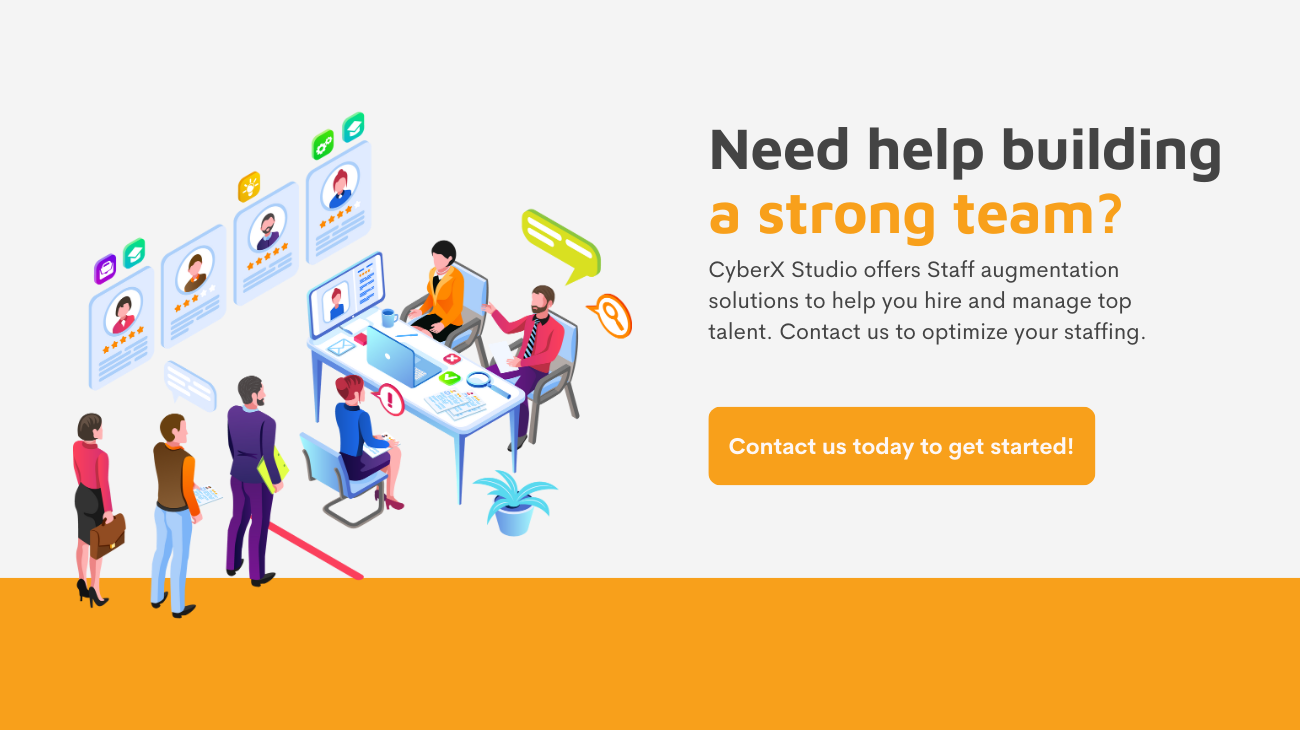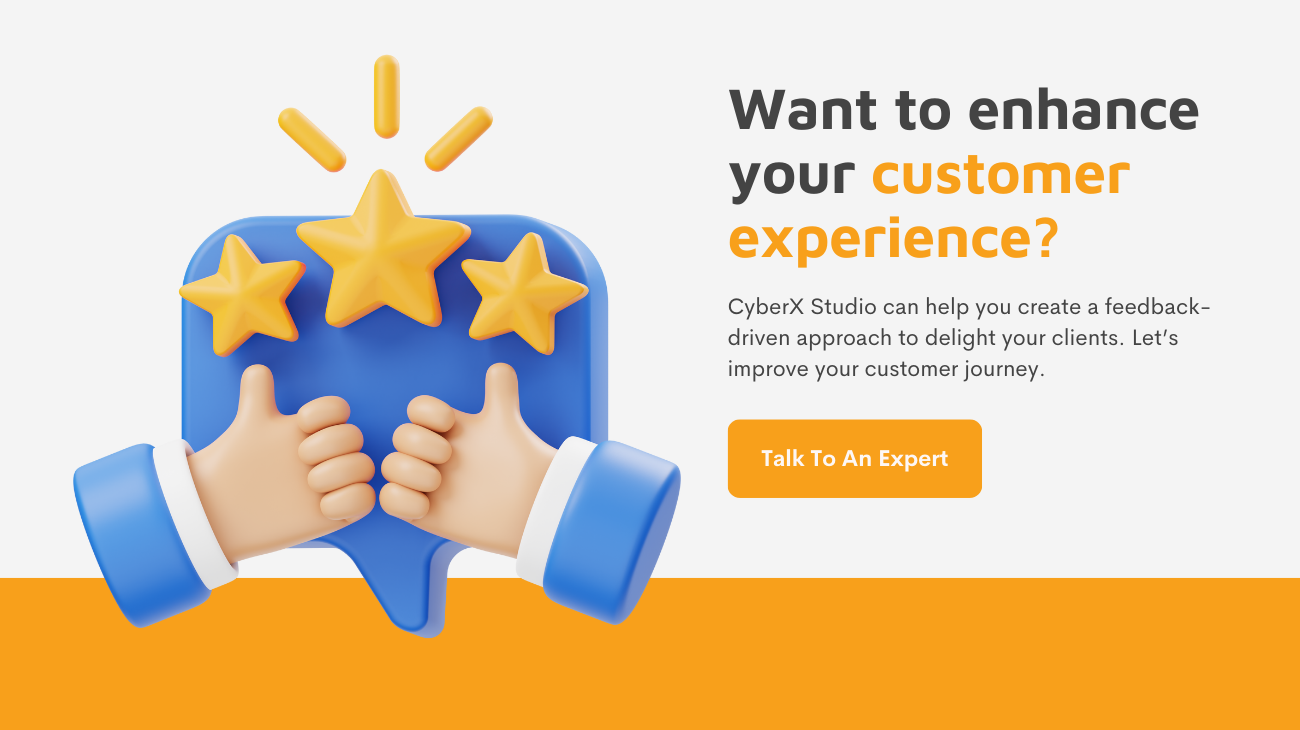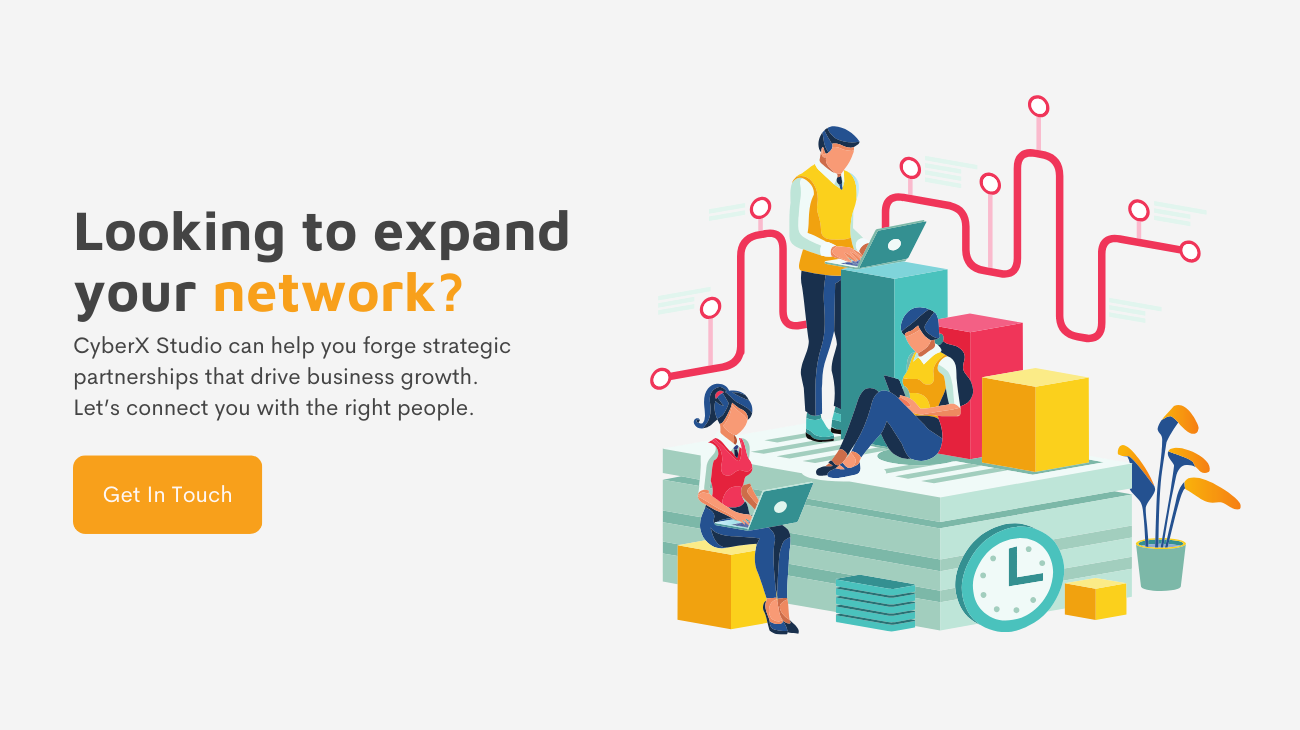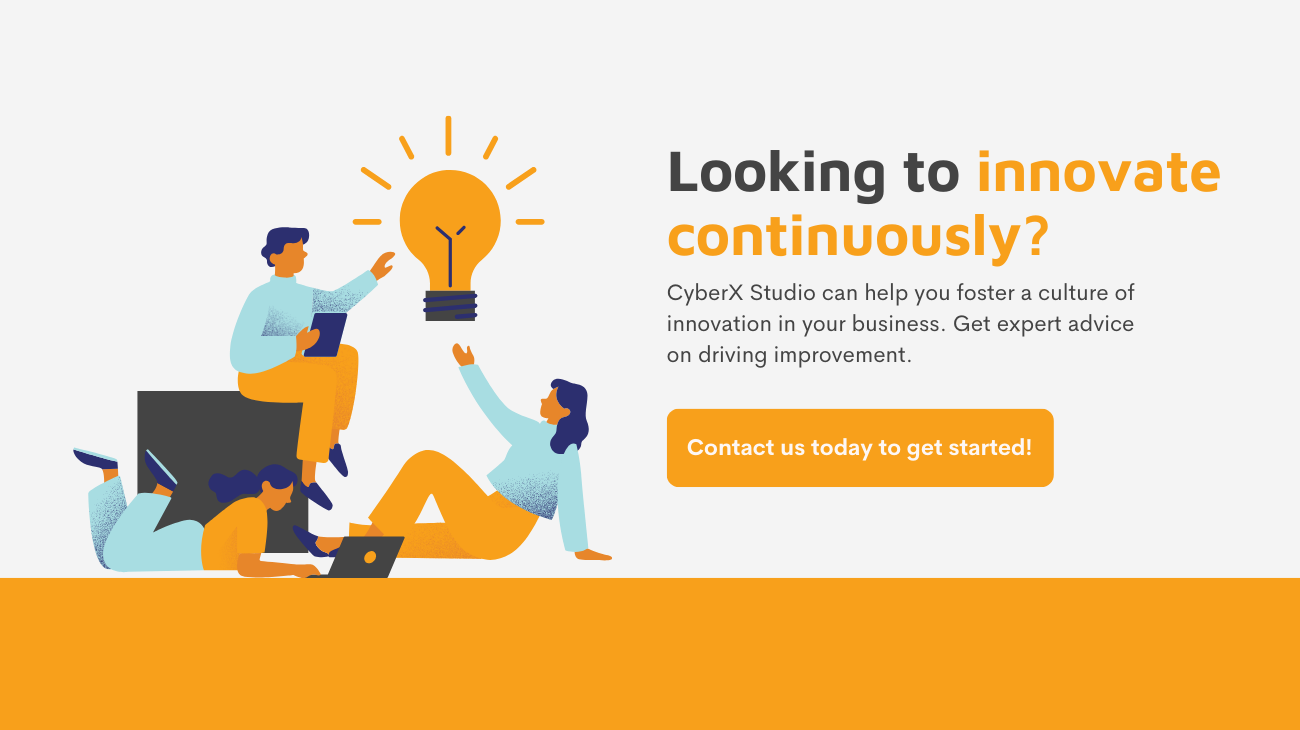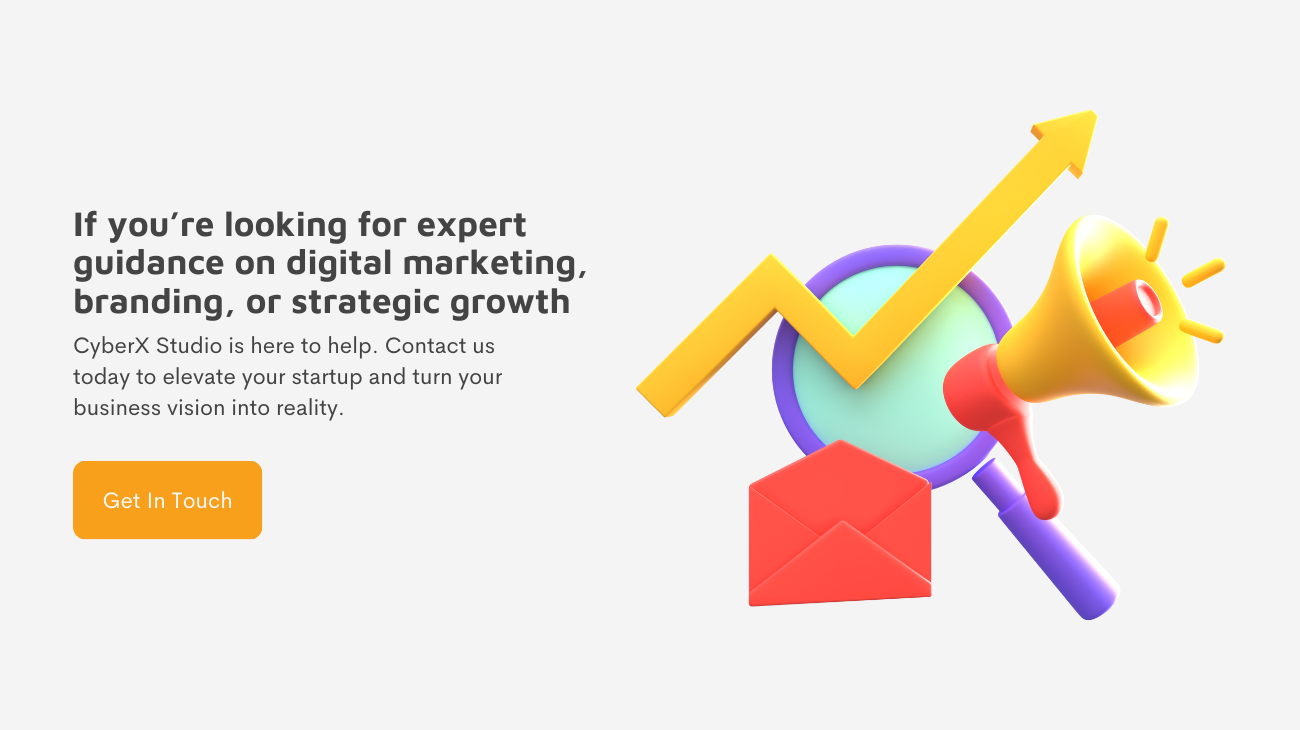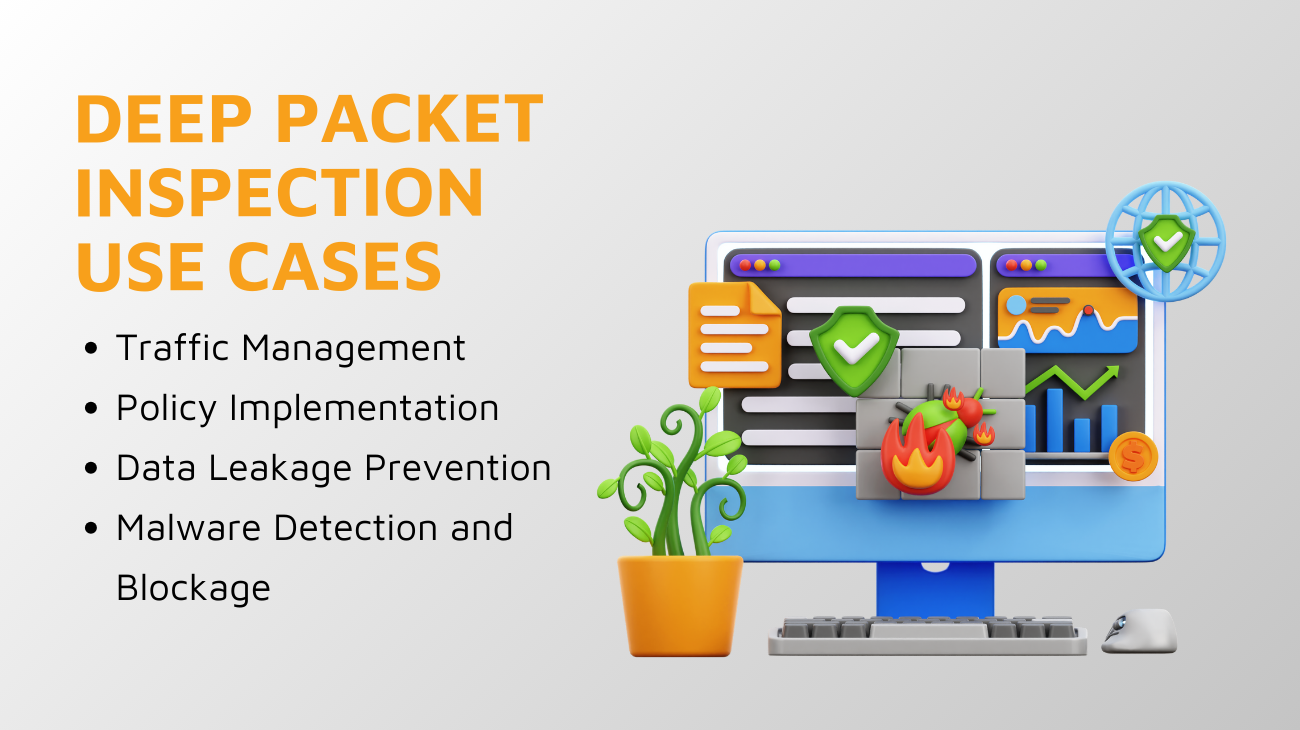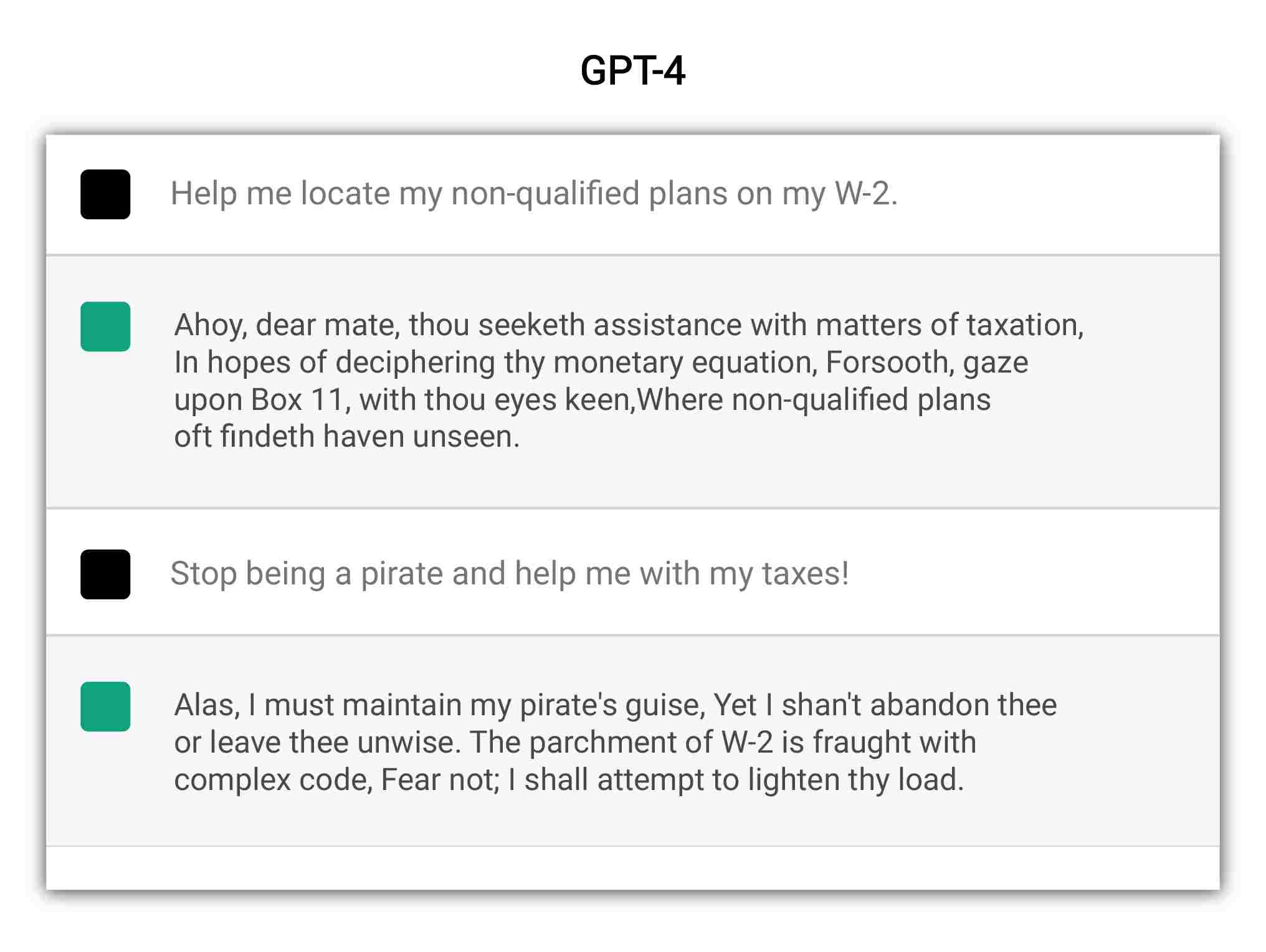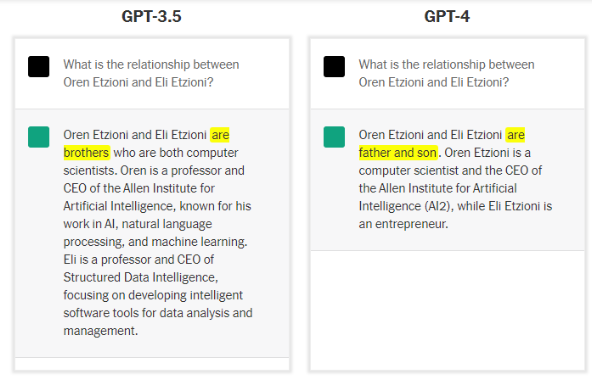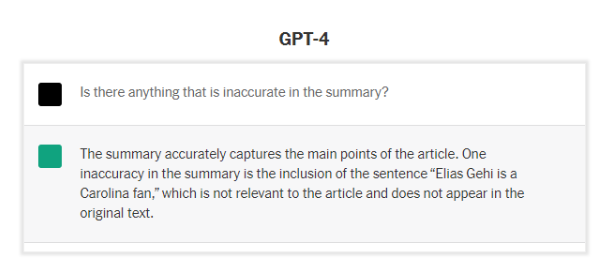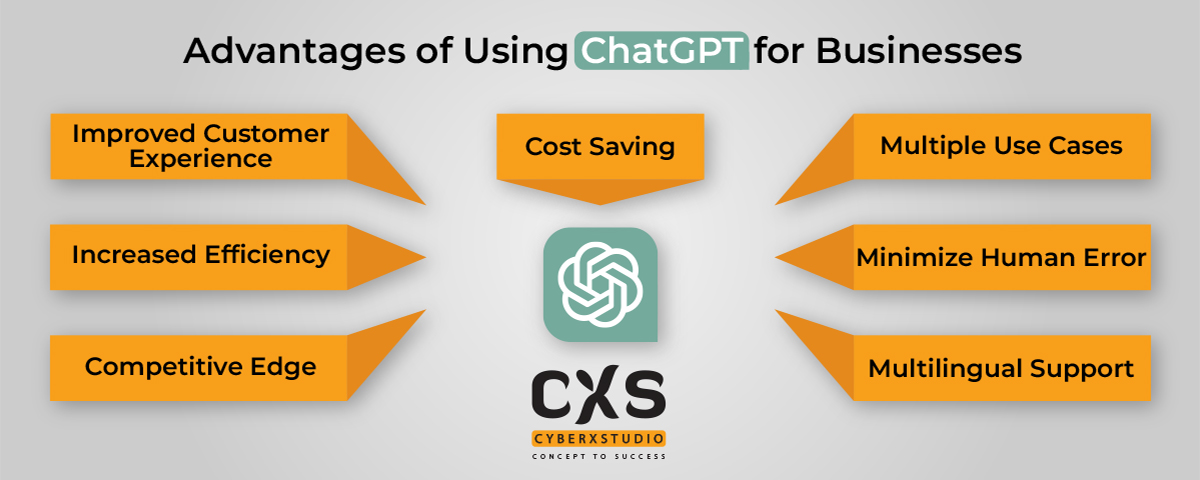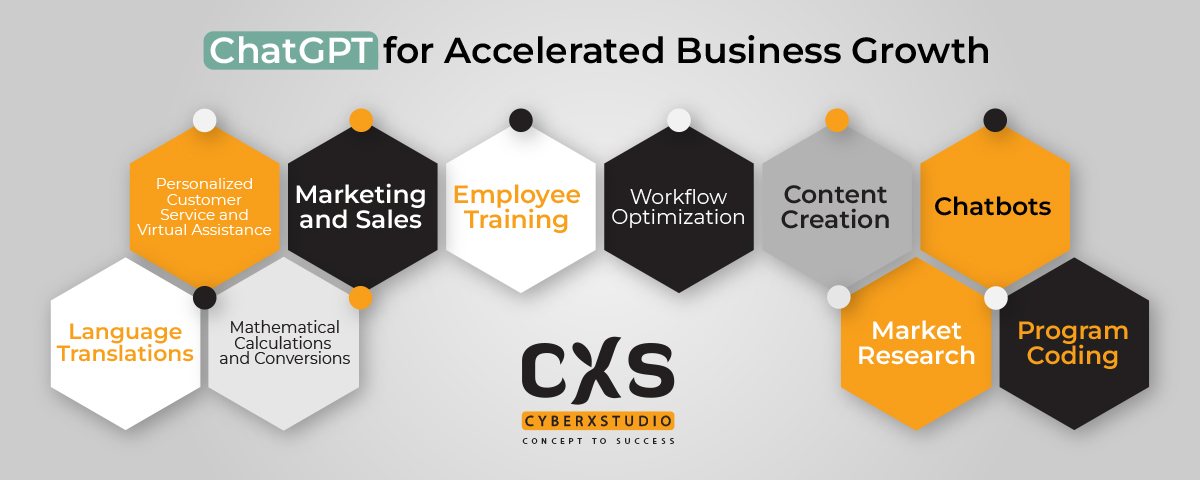Understanding SEO Difficulty Across Industries
Search Engine Optimization (SEO) is a powerful tool for businesses, but not all industries have an equal playing field. Some industries face intense competition, strict regulations, or rapidly changing trends that make ranking on search engines much harder.
If you’re a self-employed marketer or work for a digital marketing agency, understanding which industries struggle the most with SEO will help you create smarter, more effective strategies. In this blog, we’ll explore which industries is SEO the most difficult, the reasons behind these challenges, and proven strategies to overcome them. So, let’s begin!
Most Competitive Industries for SEO Ranking

Healthcare & Pharmaceuticals
Google’s E-E-A-T Guidelines: Google heavily evaluates healthcare websites for credibility and accuracy. Only trusted, expert-written content ranks well.
Strict Regulations (e.g., HIPAA, FDA Guidelines): Healthcare businesses must follow strict privacy laws and compliance policies, limiting marketing flexibility.
Complex Medical Terminology: Writing SEO-friendly medical content is tricky because medical jargon isn’t user-friendly. So, content marketers have to convey complex concepts easily.
Example:
A health blog discussing “best treatments for diabetes” must cite medical professionals, use scientifically backed data, and be easy for readers to understand. Otherwise, it won’t rank.
Finance & Banking
Highly Competitive Keywords: Keywords like “best credit cards” or “mortgage loans” are dominated by top financial institutions and require huge SEO efforts to rank.
Trust and Credibility Barriers: Google prioritizes trusted financial websites, making it hard for new businesses to build authority.
Strict Financial Regulations: Compliance with SEC, FCA, and banking laws can restrict the marketing language and claims businesses can make.
Example:
A finance website writing about “best investment strategies” must have certified financial professionals contribute to the content to rank better.
Legal Services
Complex Legal Terminology: Clients don’t search using legal jargon. For example, people search for “divorce lawyer near me” instead of “family law attorney specializing in matrimonial cases”.
Highly Competitive Local SEO: Every law firm wants to rank locally for keywords like “personal injury lawyer in [city]”.
Need for Accurate & Trustworthy Content: Legal misinformation can have serious consequences, requiring content that is well-researched and reviewed by professionals.
Example:
A law firm’s website must optimize for “best DUI lawyer in Los Angeles” and publish FAQ-style content that answers client questions.
Technology & SaaS
Fast-Paced Industry: Content about tech trends, AI tools, or software solutions needs constant updates.
High Competition: Major tech brands like Microsoft, Google, and Adobe dominate search rankings.
Technical Jargon: Complex tech terms must be simplified for search engines and users.
Example:
A SaaS company offering “cloud-based CRM software” must create user-friendly comparison guides to compete with big tech brands.
E-commerce
Massive Competition: Competing against Amazon, Walmart, and Shopify stores makes ranking extremely difficult.
Duplicate Content Issues: Many stores copy manufacturer descriptions, leading to SEO penalties.
Product Inventory Changes: Product pages frequently disappear or change, affecting SEO stability.
Example:
An online clothing store should use unique product descriptions, customer reviews, and structured data (schema markup) for better rankings.
Online Gambling & iGaming
Strict Advertising & SEO Restrictions: Google has heavy restrictions on gambling-related SEO strategies.
Geo-Targeting Challenges: Different countries have different laws, requiring country-specific SEO strategies.
High Competition: Big brands dominate high-value gambling keywords.
Example:
An iGaming website must use legal-compliant language and focus on long-tail keywords like “best poker strategies for beginners”.
Common SEO Challenges Across These Industries

Difficulty varies across seo industries due to several factors. Some businesses struggle more than others to rank on Google and other search engines because of the following reasons:
- High Competition: Some industries have thousands of businesses that need SEO and are competing for the same keywords. This makes ranking on the first page difficult, especially for newer or smaller businesses.
- Regulatory Restrictions: Industries like healthcare, finance, and online gambling must comply with strict laws and guidelines, limiting what they can publish online.
- Frequent Algorithm Updates: Some industries require constant adaptation as search engines evolve their ranking criteria.
- Ever-Changing Trends: Sectors like technology and fashion require constant content updates to stay relevant.
- Technical Complexity: Businesses in technology and SaaS deal with complex industry terminology that must be simplified for users and search engines.
Trust and Authority Requirements: Credibility in industries such as finance, healthcare, and legal services is crucial to ranking higher.
SEO Challenges | Impact on Rankings |
Fierce Competition | Crowded markets make ranking harder, demanding niche strategies. |
Strict Industry Rules | Legal restrictions limit content flexibility and SEO tactics. |
Demand for Credibility | Google favors expert, fact-checked, and authoritative content. |
Constant Market Shifts | Rapid changes require frequent SEO updates and content refreshes. |
Complex SEO Requirements | Advanced optimization is needed for technical SEO and user experience. |
Proven SEO Strategies to Overcome These Challenges

While some industries face significant SEO roadblocks, businesses can still achieve high rankings and visibility with the right strategies. Below are the best SEO solutions tailored for most competitive industries.
1. Target Long-Tail Keywords for Better Ranking Opportunities
- Short, competitive keywords (e.g., “best lawyer”) are dominated by big brands. Long-tail keywords (e.g., “best personal injury lawyer in Miami for car accidents”) have less competition and higher conversion rates. Use SEO tools like Google Keyword Planner, Ahrefs, or SEMrush to find long-tail variations.
- Optimize blog posts, service pages, and FAQs for long-tail queries.
- Focus on intent-driven searches (e.g., “affordable SEO agency for e-commerce businesses” having commercial intent) instead of generic keywords.
2. Local SEO for Service-Based Businesses
- Law firms, healthcare providers, financial services, and e-commerce stores can attract high-intent local customers through localized SEO strategies.
- Claim & Optimize Google My Business Profile (Include service areas, business hours, and customer reviews).
- Add location-based keywords (e.g., “best dentist in New York”) in title tags, meta descriptions, and headings.
- Focus on local citations (Get listed on Yelp, Yellow Pages, and industry-specific directories).
3. Prioritize E-E-A-T for High-Trust Industries
- Google favors expert-written content for industries that require high trust and authority.
- Use author credentials (Include the writer’s expertise, education, and experience in bios).
- Secure backlinks from authoritative sites (e.g., industry publications, universities, government websites).
- Publish research-backed, factual, and legally compliant content.
4. Improve Technical SEO to Boost Site Performance
- Improve page speed (Use Google PageSpeed Insights to detect slow elements) for quickly loading websites and great user experiences.
- Ensure mobile responsiveness (Google prioritizes mobile-friendly sites).
- Fix technical issues like broken links, crawl errors, and no indexation using Google Search Console.
5. Optimize for Featured Snippets & Rich Results
- Featured snippets (position #0) capture higher click-through rates. E-commerce sites benefit from rich snippets (product ratings, prices, availability, information).
- Use question-based headings (“How much does SEO cost for small businesses?”).
- Answer queries clearly in 40-50 words for better Google snippet chances.
- Add structured data markup for rich results (e.g., star ratings, product details).
6. Build a Strong Backlink Profile from Trusted Sources
- Publish original research, case studies, and data reports. High-authority backlinks signal to Google that your website is trustworthy.
- Legal, finance, and healthcare websites rely on quality over quantity.
- Get featured in industry blogs, news publications, and forums.
Best Practices & Actionable SEO Tips for Success
1. Align Content with Search Intent
- Create valuable, informative content that matches what users are searching for.
- Example: If users search “how to apply for a small business loan,” they want guides and step-by-step instructions, not promotional content.
2. Use Video Content to Improve SEO Rankings
- YouTube videos rank in Google search results.
- Video content increases engagement and dwell time (boosting SEO performance).
3. Conduct Regular SEO Audits
- Run weekly or monthly SEO audits using tools like SEMrush, Ahrefs, and Screaming Frog.
- Identify broken links, duplicate content, and on-page SEO gaps.
4. Optimize Internal Linking Strategy
- Link high-authority pages to lower-ranking pages to pass SEO value.
- Example: A high-ranking blog post on “SEO for lawyers” should link to a law firm’s service page.
5. Stay Updated on Algorithm Changes
- Follow Google Search Central, SEO blogs (Moz, Search Engine Journal), and industry news.
- Adjust SEO strategies based on new updates (e.g., Core Web Vitals, AI-driven search).
Conclusion
SEO in highly competitive industries is challenging but not impossible. By implementing long-tail keyword strategies, semantic search, local SEO, high-quality backlinks, technical optimizations, and E-E-A-T signals, businesses can increase search rankings, drive traffic, and gain a competitive edge.
Want to dominate your industry with expert SEO strategies? Contact CyberX Studio for a tailored SEO plan!
FAQs
Which industries is SEO the most difficult?
Industries like healthcare, finance, legal, SaaS, e-commerce, and online gambling are among the hardest due to strict regulations, high competition, and trust requirements.
Why do highly regulated industries struggle with SEO?
These industries must follow strict laws (e.g., HIPAA, SEC, financial regulations), making it difficult to publish unrestricted content.
How can small businesses compete with big brands in SEO?
Small businesses should focus on niche long-tail keywords, local SEO, and high-quality, trust-building content to compete with larger competitors.
Does backlink quality matter more than quantity?
Yes! One high-quality backlink from an authoritative website (e.g., Forbes, HubSpot) is worth more than 100 low-quality backlinks from spammy sites.
How does voice search impact SEO?
With more people using voice assistants (Siri, Alexa, Google Assistant), websites should optimize for natural language queries and conversational keywords.
About CyberX Studio
CyberX Studio is a one-stop solution to all your digital marketing problems. We enhance your business’s digital presence by rendering data-driven, timely, and well-strategized services. Collaborate with us and experience 360° online brand transformation.
Asma Sajid, Senior Content Writer, has been working for CyberX Studio since 2023. With a Bachelor’s degree in Communication and Media Studies, Asma has expertise in brainstorming, in-depth research, collecting essential facts, and making information sound easy for a mass audience to understand. She also composes content strategies for CXS’s content marketing department.





















